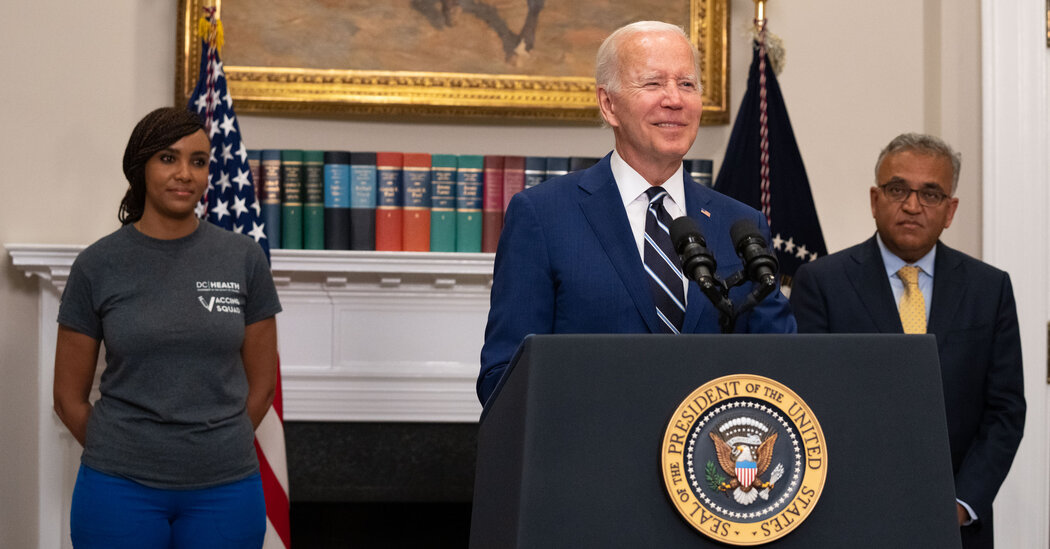White House officials overseeing the Covid-19 response in recent weeks have worked to portray the major uptick in coronavirus cases from an Omicron su
White House officials overseeing the Covid-19 response in recent weeks have worked to portray the major uptick in coronavirus cases from an Omicron subvariant as concerning but manageable, pointing to the relatively modest increases in hospitalizations and deaths that have resulted from the new wave of cases.
“Variants will continue to emerge if the virus circulates globally and in this country,” Dr. Anthony S. Fauci, President Biden’s chief medical adviser for the pandemic, said at a White House news briefing last week. “We should not let it disrupt our lives. But we cannot deny that it is a reality that we need to deal with.”
Newer tools, such as booster shots and the Pfizer medication Mr. Biden began taking on Thursday upon his Covid diagnosis, and some protection that so many Americans have received after being infected, have made Covid-19 substantially less deadly. Still, officials have warned, Omicron subvariants have grown so wily that people infected even months ago are again at risk of infection. Many Americans have underlying health conditions, and if they get infected with the coronavirus, they are at risk of developing more severe disease.
“You can be fully vaccinated and boosted and still have a risk of a breakthrough infection,” Dr. Ashish K. Jha, Mr. Biden’s coronavirus response coordinator, told The New York Times in an interview last week. “You can be previously infected — even as recent as the last couple of months — and have a very high rate of reinfection.”
The Omicron subvariant known as BA.5, considered the most contagious form of the virus yet, prompted the White House last week to unveil what it styled as a new strategy to combat the pandemic, though it that was largely a recycling of tools the administration has deployed over the last several months.
Officials recommended vaccination and boosting even if Americans had already been infected, testing if someone feels ill, wearing masks in indoor crowds, and obtaining medication, such as the Pfizer pill, if a tests comes back positive. The White House also encouraged buildings to update ventilation systems, a method that infectious disease experts say can significantly cut down on the risks of spread.
Federal health officials this week were still discussing allowing healthier people younger than 50 to receive second booster shots, a decision that remained uncertain, according to people familiar with the deliberations. (Certain immunocompromised people 12 and older are already eligible to receive it.) A retooled vaccine designed to target Omicron subvariants is expected to become available by October.
The virus continues to be most lethal to older and at-risk Americans. Even with substantially lower death tallies than during the winter Omicron surge, older Americans are still dying from the virus at higher rates than younger age groups, a sign of their continued vulnerability to serious illness.
In recent weeks, several hundred Americans aged 75 to 84 have died each week from the virus, with slightly higher totals among people aged 85 and older, according to the Centers for Disease Control and Prevention. Those death counts are provisional, the C.D.C. cautions, because they are based on death certificates and do not account for all deaths in those age groups.
In his interview with The Times last week, Dr. Jha warned that data on hospitalizations could reflect those who are hospitalized for health problems other than Covid-19, but who test positive for the virus.
www.nytimes.com
